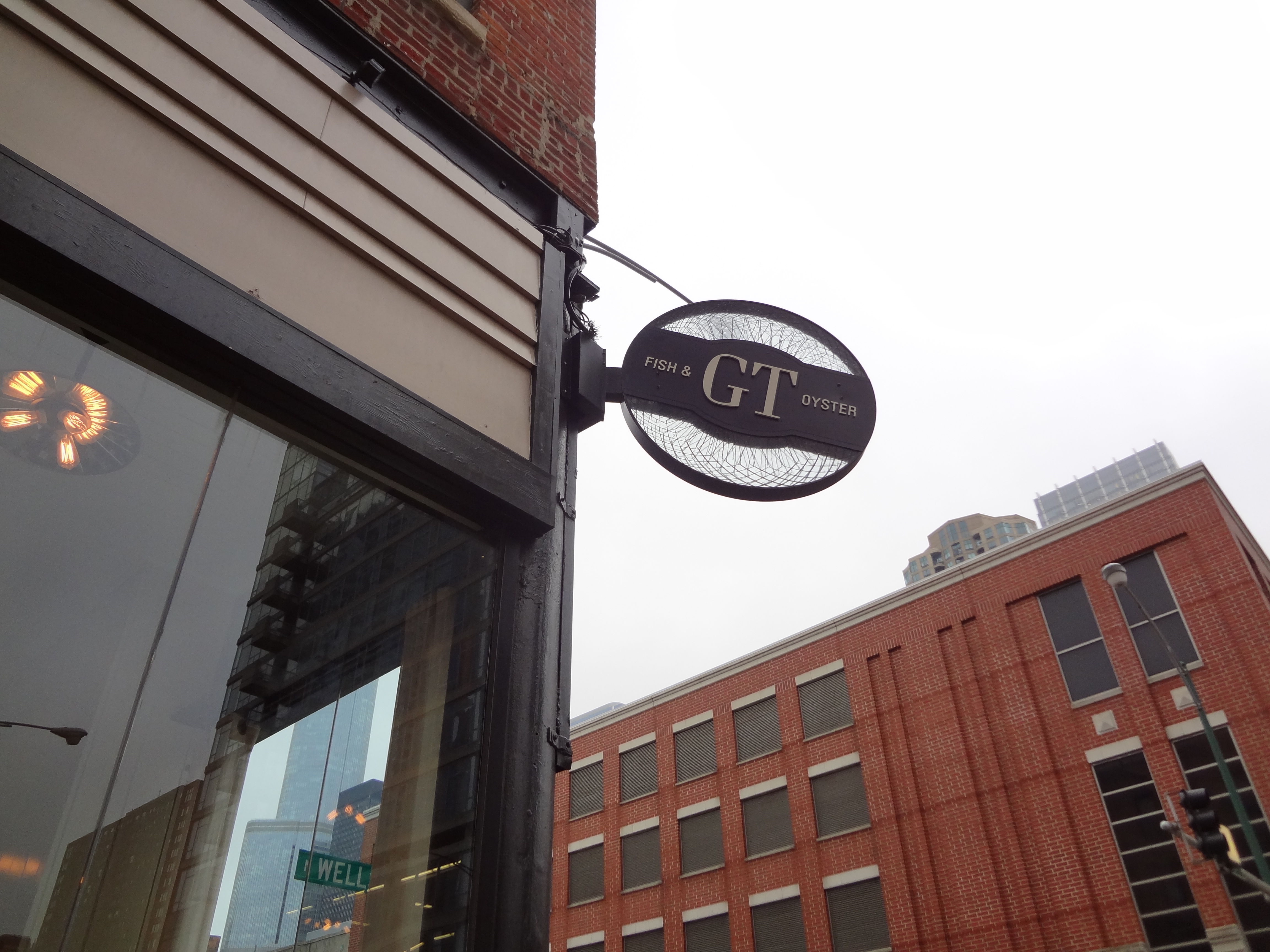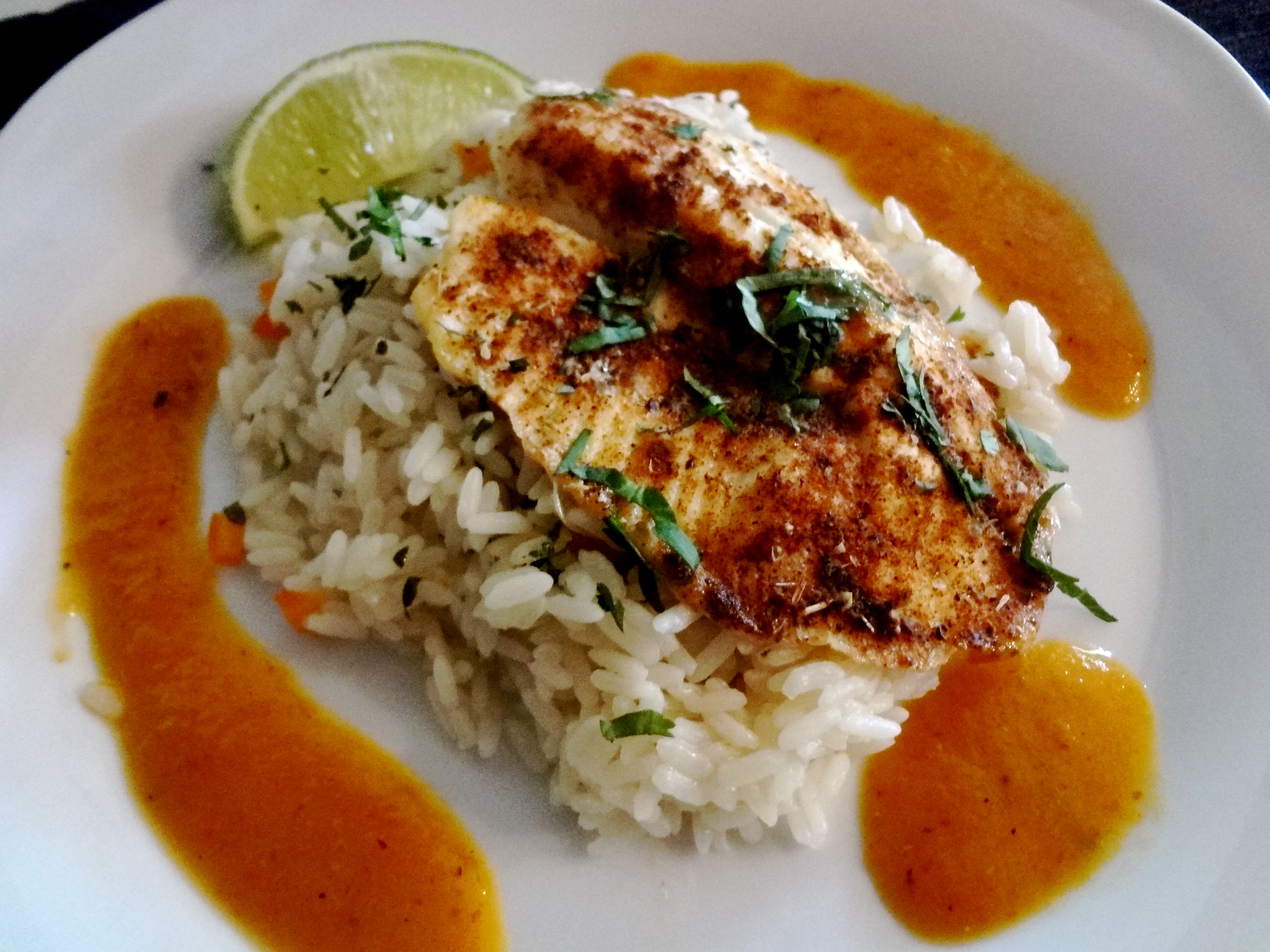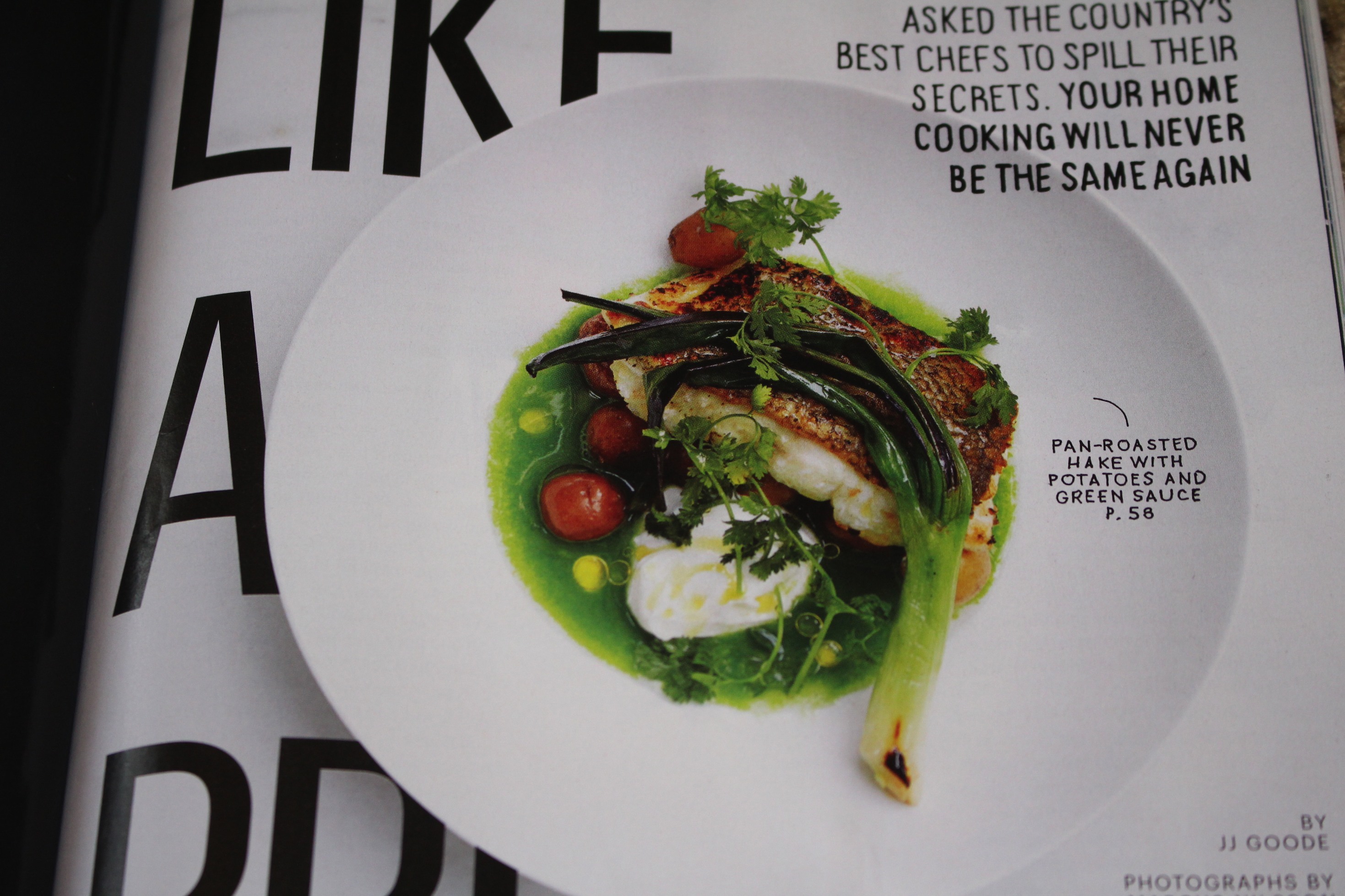
***Please also read the following blogpost for some “corrections.”******
Have I talked about salmon before? I’m sure I’ve done a recipe or two before but have I talked about how this good for you food is also pretty versatile in recipes? It has become something I cook almost every other week if not every week. (I will also confess that I like to put it on my menu when I order from HomeChef because they really have nice quality proteins.)
First, the health benefits. Wild Salmon (note….I said Wild not farmed) is filled with good vitamins (like B12 and Vitamin D), minerals and Omega 3’s. (Omega 3’s are the good fatty acids that help lower the risk of heart disease, help brain memory and performance and may even help arthritis.)
There have been studies that have shown that the Omega 3’s in salmon can also prevent and even kill cancer cells. (Wouldn’t that be nice if it were that simple to rid the world of cancer? I’m not sure if it is true but it is a pretty delicious route to take even if the studies are wrong.)
I’m leaving out all the information of how the nutrients in salmon can help your bones be stronger and is a great anti-inflammatory food. (Unless you allergic to fish….then it is super inflammatory and you probably didn’t even read this far into the blog.)
Second, wild caught salmon is pretty easy to find in the market these days. I think stores have realized that people are looking into healthier options. But buyer beware….know if the salmon is wild caught or farmed.
Farmed salmon that is found in a lot of stores has come from foreign countries that may or may not monitor the environment of the fish as closely as the US. (And I’m not saying US farm raised salmon is better but given the option…I would buy from a reliable name.)
In addition, farmed salmon is usually given a cheaper food source to just get the fish to grow and not necessarily raise them to be healthy. (Some farms even add food coloring to their food so the flesh seems “redder.”)
I am recommending to read your labels and ask questions. (A good fish counter will know where their fish comes from. If they don’t….RUN!!!!)
If I haven’t scared you off, it is time to discuss the REAL reason I love salmon….it doesn’t take much to make it delicious. (Once again, I’m going to give a shout out to HomeChef because I don’t think I appreciated the simplicity of this fish until I was making it weekly.)
Here are the keys to make a perfect salmon filet….
- Start with quality wild caught salmon. (I usually use a 4-6-ounce filet.)
- Make sure your filets are uniform in size.
- Preheat oven to 450 degrees and prepare a baking sheet with foil.
- Dry the salmon with paper towels before doing any seasoning.
- Leave your skin on. Even if you don’t like to eat it, you can peel it off easily after it is finished cooking.
- Season each filet lightly with salt and pepper.
- Using a nonstick skillet over medium high heat, add about 1-2 tsp of olive oil.
- Place fish in pan skin side UP and leave undisturbed for about 3 minutes. (Make sure your heat isn’t too high so you don’t scorch it.)
- Flip the salmon and place it on your baking sheet skin side DOWN.
- Bake for 5-7 minutes. (Skinny long filets obviously will cook faster than a short fat one….your goal temp is about 145.)
- The last-minute swipe on any glaze you may want. (Example…miso, Dijon mustard, teriyaki, honey)
- Remove from oven.
In my humble opinion, less is more with salmon. If you aren’t doing any glaze, just give it a squeeze of lemon. Isn’t that easy-peasy?


